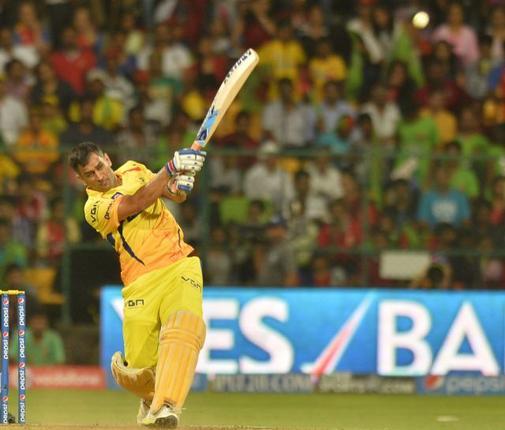September 26, 2012
WASHINGTON: To enhance its nuclear capability, Pakistan is developing non-strategic nuclear weapons, and thus joining the ranks of countries like the US and Russia, a leading American think-tank has said.
India, however, not listed among five of the nine-nuclear weapons powered countries that has or is developing non-strategic nuclear weapons said Hans Kristensen, director of the Nuclear Information Project, and Dr Robert S Norris, senior fellow for Nuclear Policy, in a new edition of Nuclear Notebook.
September 26, 2012
WASHINGTON: To enhance its nuclear capability, Pakistan is developing non-strategic nuclear weapons, and thus joining the ranks of countries like the US and Russia, a leading American think-tank has said.
India, however, not listed among five of the nine-nuclear weapons powered countries that has or is developing non-strategic nuclear weapons said Hans Kristensen, director of the Nuclear Information Project, and Dr Robert S Norris, senior fellow for Nuclear Policy, in a new edition of Nuclear Notebook.
"Today, at least five of the world's nine nuclear weapons states have, or are developing, what appears to meet the definition of a nonstrategic nuclear weapon: Russia, the United States, France, Pakistan, and China," they concluded in the latest issue of Bulletin of the Atomic Scientists.
Like France, Pakistan characterizes all its nuclear weapons as strategic.
"However, Pakistan is developing a new short-range rocket with nuclear capability that certainly would be characterized as a nonstrategic nuclear weapon if it belonged to Russia or the United States. Moreover, even the Pakistani statements about the weapon clearly place it in a different category," Kristensen and Norris wrote.
In their report, the two American nuclear scientist wrote that the new weapon, the Nasr, is a 60-kilometer ballistic missile launched from a mobile twin-canister launcher.
Following its first test launch in April 2011, the Pakistani military news organization, Inter Services Public Relations, described the Nasr as carrying a nuclear warhead "of appropriate yield with high accuracy," with "shoot and scoot attributes" that was developed as a "quick response system" to "add deterrence value" to Pakistan's strategic weapons development program "at shorter ranges" in order "to deter evolving threats."
"This language, which has been repeated after subsequent Nasr tests, strongly indicates a weapon with a new mission that resembles nonstrategic nuclear weapons," they wrote.
According to the report, rumors of Chinese nonstrategic nuclear weapons have been around for a long time, but there is little reliable public information about their current status.
China conducted a nuclear test in the 1960s with a nuclear bomb delivered from a fighter-bomber. It is possible, but unknown, that a few fighter-bomber squadrons may have a secondary nuclear capability today, they said.
"Likewise, the US intelligence community at various periods has assessed that a nuclear capability may have been developed for short-range ballistic missiles such as the DF-15. Moreover, the US intelligence community describes the DH-10 ground-launched cruise missile "conventional or nuclear," a designation also used for the Russian dual-capable AS-4 cruise missile," the report said.
Courtesy: HT
















































































































